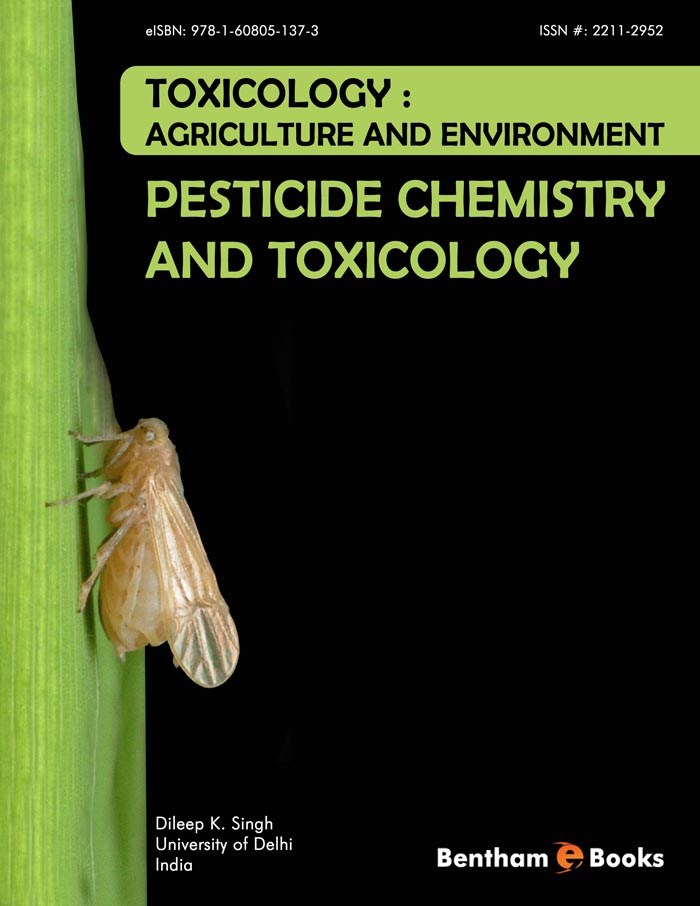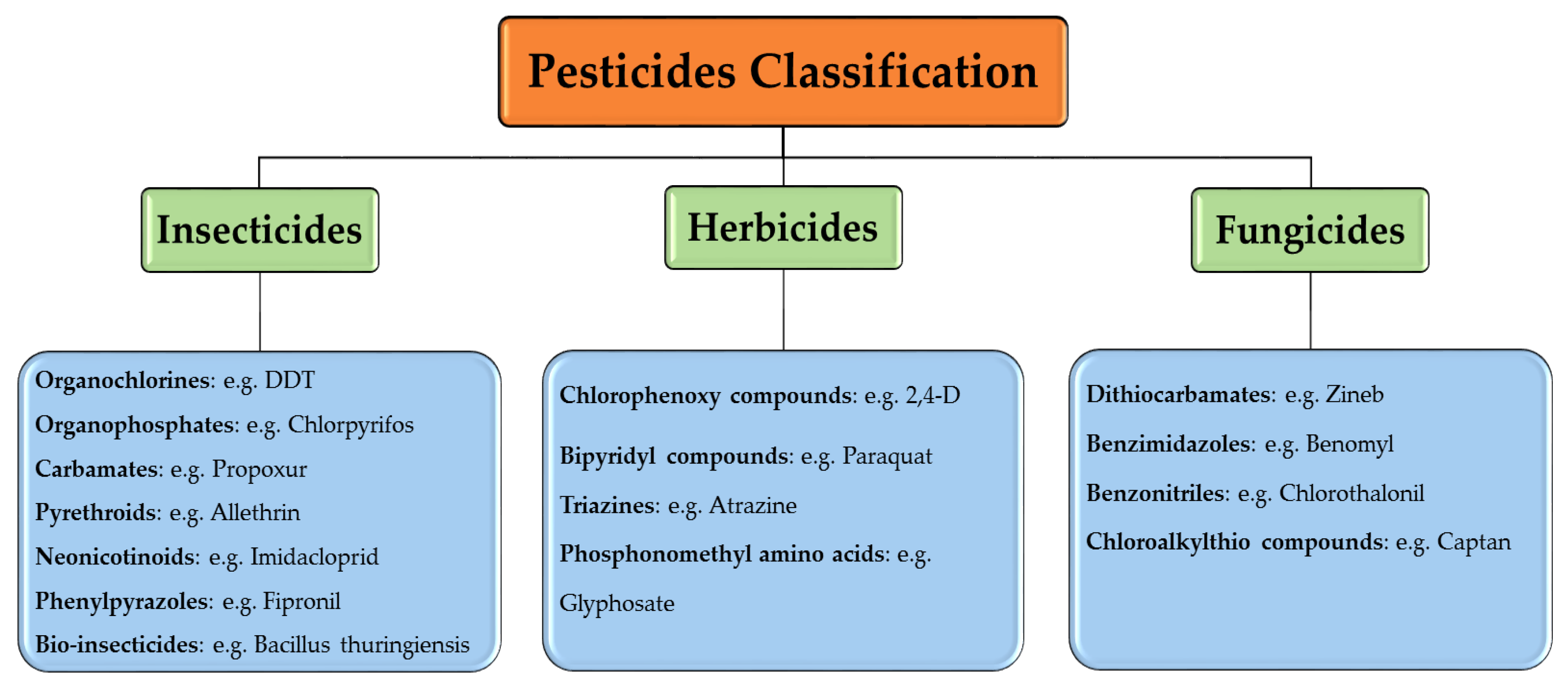

The data collection from reference year 2011 onwards is based on Regulation (EC) No 1185/2009 concerning statistics on pesticides, which established a common framework for the systematic production of Community statistics on sales and use of those pesticides which are plant protection products. This indicator is linked with other agri-environmental indicators, available on the Eurostat webpage.
Sold quantities of different pesticide categories. Used quantities of different pesticide categories (not available). Application rates of different pesticide categories (not available). The statistics presented in this article refer exclusively to the quantities sold of different pesticide categories. Supporting this indicator are the volumes sold, which can be used in agriculture and in other sectors such as forestry or on public/private areas. These data are, however, not available today. The consumption of pesticides in agriculture would best be indicated by the rates applied by the farmers. 'herbicides, haulm destructors and moss killers',. įor the purpose of this article, the term 'pesticides' refers to the plant protection products and covers the following categories: In Austria, large volumes of inert gases used in the storage of agricultural products inflate the total volume of pesticides sold. It should be noted that the volumes of pesticides sold in Latvia in absolute terms are very low (Table 1). On the other hand, Austria and Latvia reported significantly higher sales of pesticides in 2020 than in 2011. Portugal, Denmark, Romania, Belgium and Ireland also reported sales that were at least 20 % lower in 2020 than 2011. There were declining sales in a majority of the 16 Member States, with the sharpest rate of decline recorded in Czechia (down - 38 %). Just over two thirds (67 %) of the total EU sales of pesticides in 2020 were accounted for by these 16 countries.īetween 20, there were contrasting developments in the volume of pesticide sales between Member States (see Figure 2). Together they recorded sales of 251 868 tonnes of pesticide active substances in 2011 and of 233 509 tonnes in 2020, a fall of 7.3 %. There were 16 EU countries (Belgium, Czechia, Denmark, Germany, Ireland, France, Italy, Cyprus, Latvia, Hungary, the Netherlands, Austria, Portugal, Romania, Slovenia and Sweden) that provided non-confidential data for all major groups in both 20 (Table 1). Table 1: Sales of pesticides, by country, 20 (tonnes) 
In 11 of the EU Member States which provided non-confidential data for all the major groups, total sales of pesticides declined over the period between 20 the sharpest rate of decline was in Czechia (- 38 %), followed by Portugal, Denmark, Romania, Belgium, Ireland, Italy, Sweden, Slovenia, the Netherlands and Cyprus.It is important to note that many of the more hazardous substances have had their authorisation withdrawn, and been removed from the market, following their evaluation under Regulation (EC) No 1107/2009 concerning the placing of plant protection products on the market. Note that for the other Member States, at least one of the 'major group' aggregates is confidential and hinders a comparison. Between 20, the total volume of pesticide active substances sold in the 16 EU Member States for which non-confidential data are available for all major groups decreased by 7.3 %.In 2020, comparatively few major group aggregates were confidential. The confidential values represent < 1 % of the total volume of sales over the entire time series.

Note that the data on sales of pesticide active substances contain confidential values even when published at the highest aggregation level, i.e. Sales of pesticides in the EU fluctuated ± 6 % around the 350 000 tonnes per year mark during the period between 20.







 0 kommentar(er)
0 kommentar(er)
